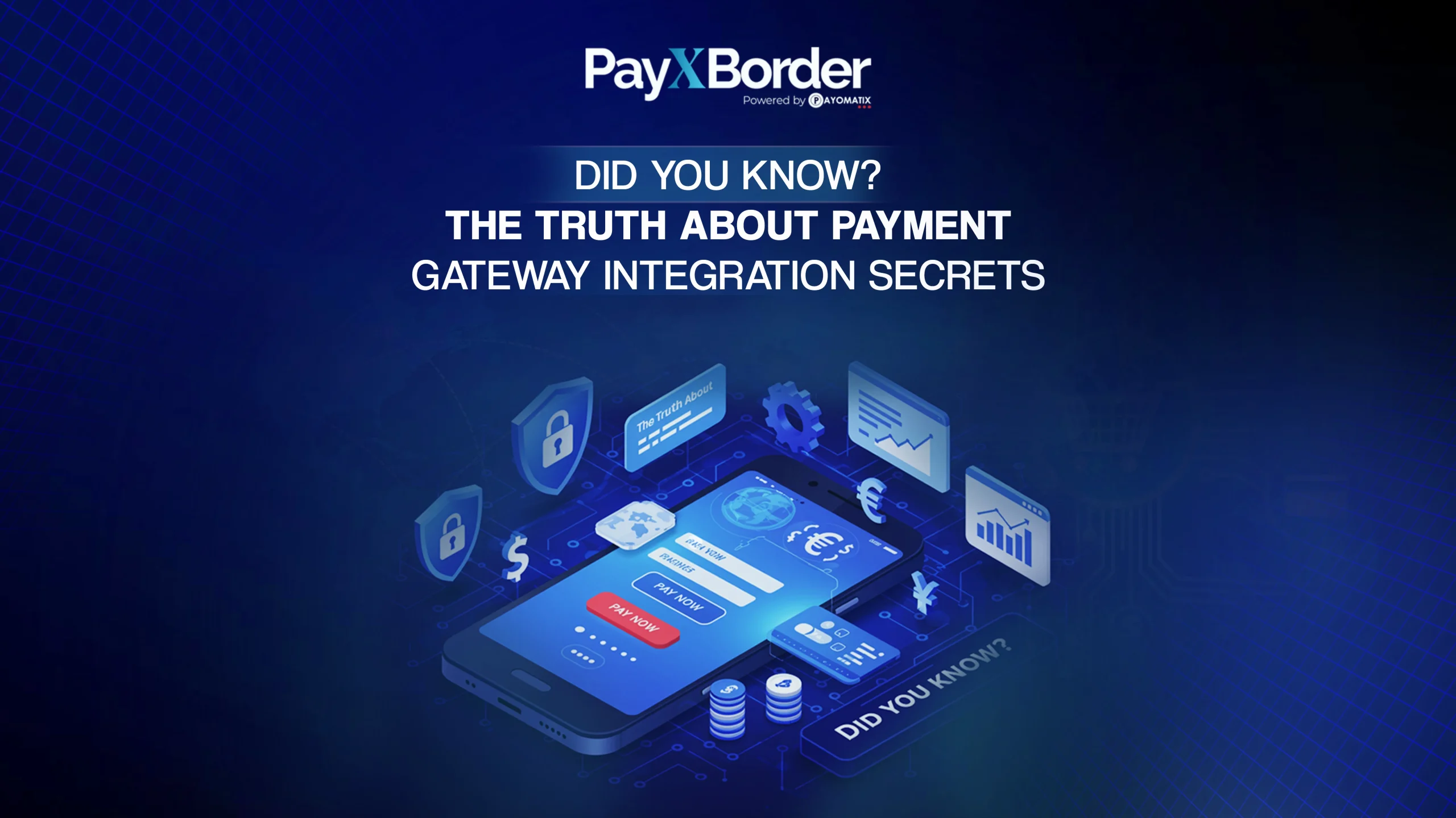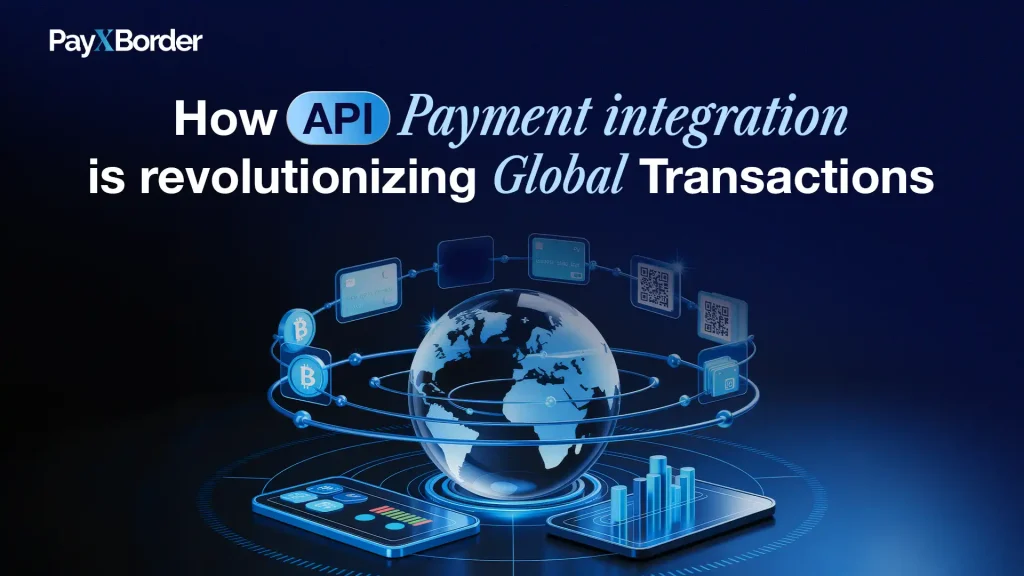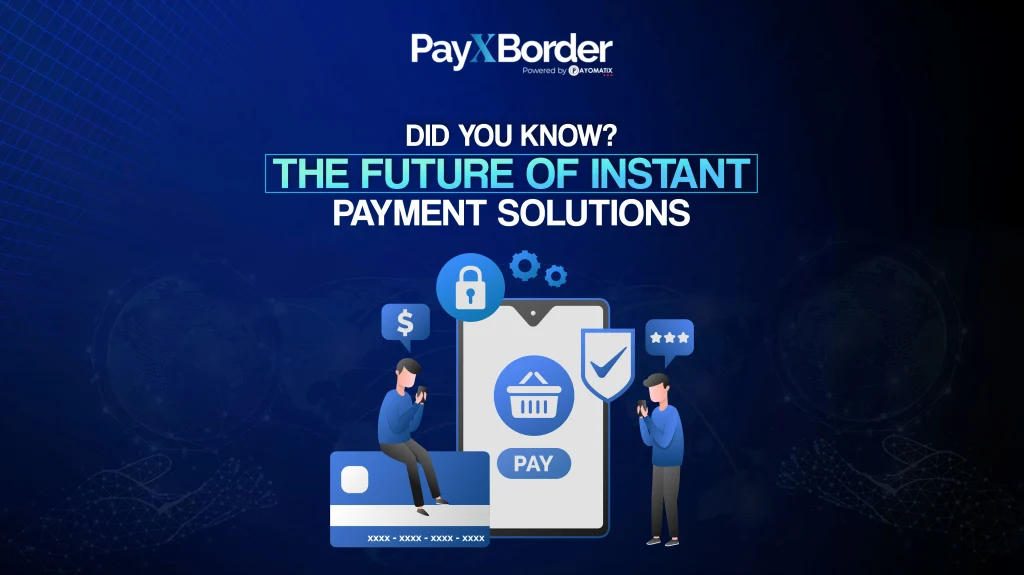Integrating a payment gateway might seem like a backend task—but in reality, it’s a profit-driving, customer-retaining, revenue-unlocking decision.
For businesses navigating international markets, seamless transactions can make or break a sale. From eCommerce to SaaS, startups to enterprises—how you handle payments says a lot about your professionalism, user trust, and growth readiness. In this blog, we’ll break down the truth about payment gateway integration and why mastering this core element is central to your Business Payment Strategies.
What is Payment Gateway Integration?
A payment gateway integration connects your website, app, or platform with a third-party payment processor to accept online payments. Think of it as a bridge that allows money to securely move from your customer’s account to yours.
But today, it’s much more than just a transaction bridge. It includes fraud protection, currency conversion, analytics, compliance management, and the user experience layer that converts a hesitant visitor into a paying customer.
Why It’s Central to Business Payment Strategies
Faster Payment Cycles
The right gateway minimizes delays and ensures real-time confirmation—critical for subscription businesses or marketplaces.
Reduced Abandonment Rates
A complicated or insecure payment process can lead to cart abandonment. Gateway optimization ensures smoother checkout flows and better conversion.
Better Global Reach
Multi-currency, multi-method support (UPI, cards, wallets, direct bank transfer) makes you more accessible to global buyers.
Real-Time Reporting
Modern gateways allow you to see real-time transaction data, which helps with reconciliations, financial planning, and fraud detection.
Secrets Top Businesses Know About Gateway Integration
1. Integration Should Be Developer-Friendly
Top-tier gateways provide flexible APIs, SDKs, and low-code plugins that reduce go-live time from weeks to hours. PayXBorder’s API documentation ensures smooth deployment with support for major platforms.
2. Not All Gateways Are Cost-Efficient
Many providers include hidden charges for international payments, currency conversions, and settlement delays. Look for transparent, flat-fee models
3. Security Is Not Optional
Payment data must be encrypted, tokenized, and compliant with global standards like PCI DSS and GDPR. If your provider doesn’t meet these standards, your business could face legal and financial risks.
4. The Right Gateway Enhances UX
Users expect mobile responsiveness, local payment options, and seamless flows. The payment process is part of your brand experience. A poor flow = lost trust.
5. Integration is a Growth Lever
When done right, gateway integration can be a competitive differentiator. You’re able to expand into new markets faster and close deals with minimal friction.
The Technical Backbone of Smart Gateway Integrations
Today’s gateways are expected to support:
- Multi-Currency Transactions
- Wallet-to-Wallet Transfers
- Tokenized Card Storage
- Payout Automation
- Chargeback Management
All while remaining fast, light, and secure.
PayXBorder enables this through its scalable infrastructure and cloud-native API stack—ideal for businesses processing large volumes or operating across countries.
Business Payment Strategies You Can Build With Payment Gateway Integration
Strategy 1: Currency Optimization
Hold and convert currencies when rates are favorable using PayXBorder’s FX features.
Strategy 2: Market Localization
Offer local payment methods for each country you serve—like UPI in India or SEPA in Europe.
Strategy 3: Subscription Management
Use recurring billing APIs to automate SaaS, eLearning, or membership payments globally.
Strategy 4: Real-Time Payouts
Pay vendors, freelancers, or suppliers in real-time across borders without banking delays.
How PayXBorder Makes Integration Seamless
PayXBorder was built to empower businesses with fast, simple, and secure integration. Here’s how:
- Easy-to-use API documentation
- Developer sandbox for pre-launch testing
- Real-time FX conversion and transaction updates
- Multi-currency wallets and virtual accounts
- Transparent, flat-fee pricing
With support for 50+ currencies, global account creation, and real-time settlement notifications, PayXBorder gives businesses a borderless payment edge.
Voice Search Optimized Top 5 FAQs
1. What is payment gateway integration?
It connects your website or app to a payment processor to accept secure payments.
2. Why is gateway integration important for business?
It ensures smooth, fast, and secure transactions, boosting customer trust and revenue.
3. How does PayXBorder support payment integration?
PayXBorder offers APIs, documentation, and multi-currency support for seamless integration.
4. What features should I look for in a gateway?
Real-time FX, compliance, local payments, and developer support are key features.
5. Is payment integration secure?
Yes, when using platforms that follow PCI DSS, tokenization, and end-to-end encryption.
Conclusion: Integration is Just the Beginning
The real power of payment gateway integration lies in what it unlocks: better user experiences, smarter cash flow, scalable infrastructure, and global market access.
As digital business accelerates, having a future-proof Business Payment Strategy is non-negotiable. With platforms like PayXBorder, integration is no longer a hurdle—it’s your launchpad.Ready to elevate your business payment strategy? 📧: payxborder@payomatix.com
🌐: https://payxborder.in








